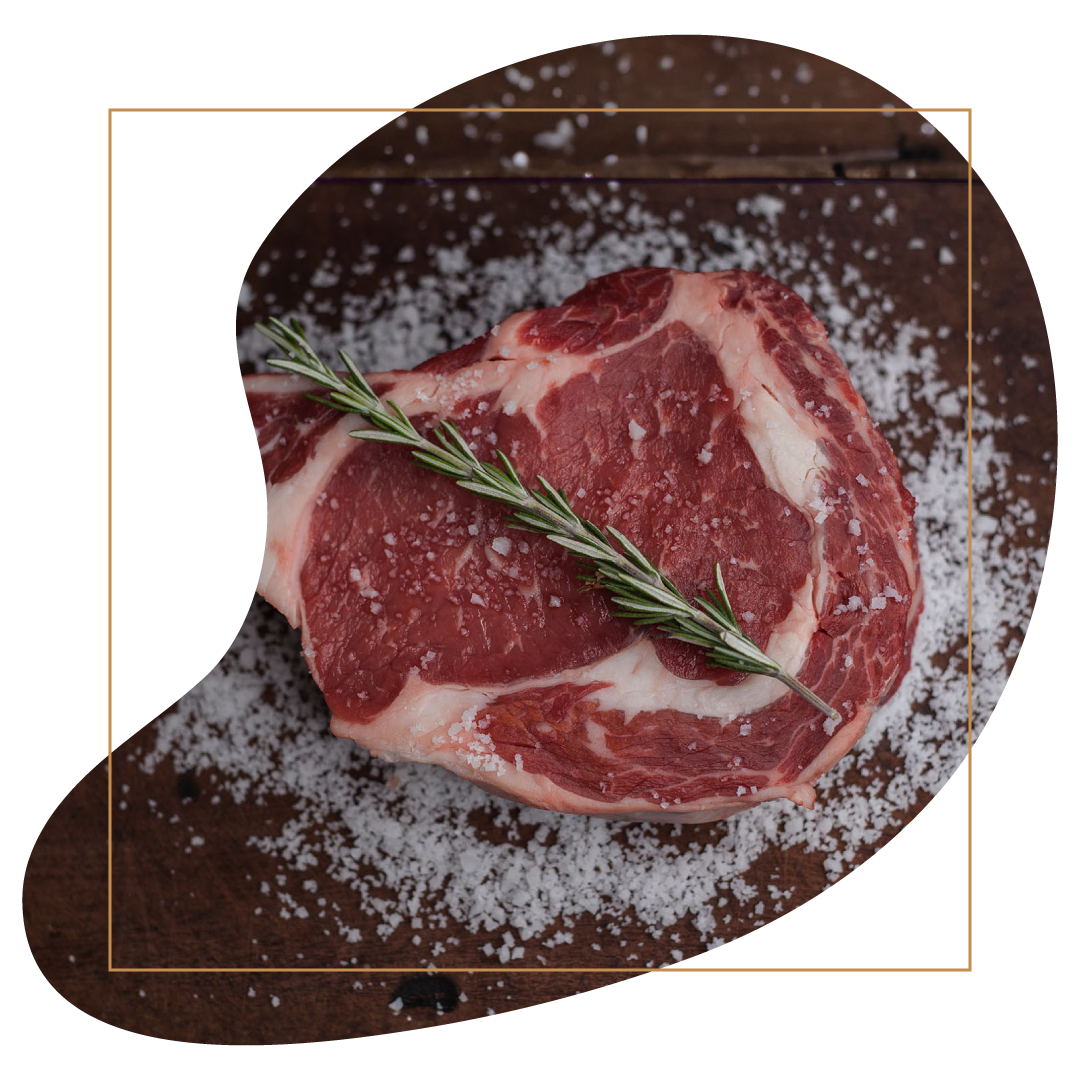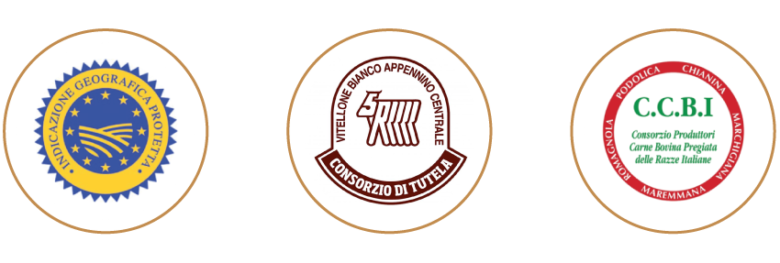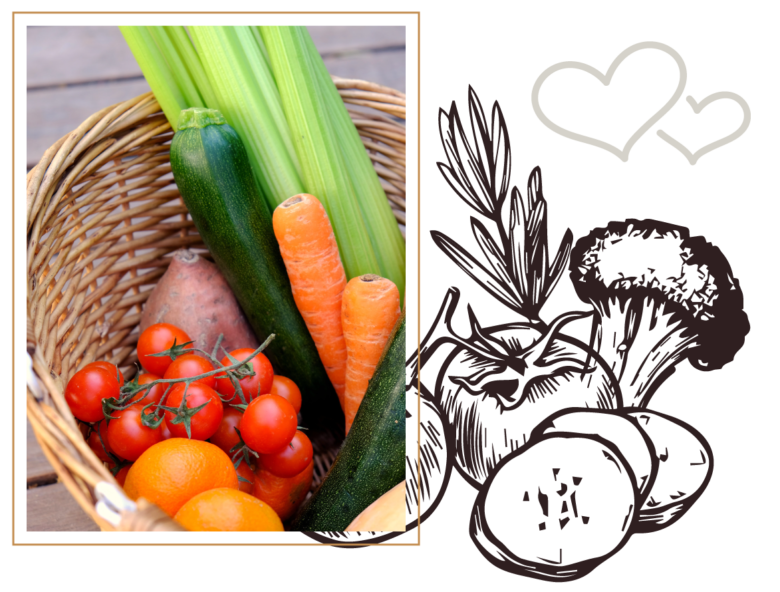The Steak
A Tuscan Tradition
In medieval Florence, on the night of San Lorenzo, it was customary to organize a large popular celebration in honor of the saint. During the festivities, the De’Medici family offered the people abundant quarters of Chianina or Maremmana beef, which were cooked over hot coals and distributed to the participants. Thus was born the famous Florentine steak called “La Carbonata” precisely because it was roasted over coals.
Legend has it that during the festivities some English merchants joined the banquet and, conquered by the deliciousness of the meat, began shouting “Beef Steak, please! Beef Steak, please!” for more. So it was that the Florentines, puzzled by the expression, translated the English “beef steak” into the Italian “bistecca,” a term that was recognized by the Accadamia della Crusca in 1750 and still used today.

Chianina
It is a lean meat, low in calories and very rich in iron.The healthy fresh air, wholesome grass and crystal-clear pasture water ensure the value and flavor of this meat

Marchigiana
Characterized by a pinkish color and fine grain, its flavor is intense but balanced. Thanks to its special tenderness and a savory taste, it is capable of satisfying the most demanding palates.

Romagnola
It is distinguished by its tender texture and strong, assertive, enveloping flavor. Lean and nutritious, it is one of the finest meats, a true gourmet delicacy.

Podolica
Characterized by a firm and compact color, it is distinguished by its deep and intense aromaticity. Podolica beef is rich in essential fatty acids, vitamins and minerals.

Maremmana
It is distinguished by its fine, velvety texture and deep red color. Its deep, robust flavor and tenderness make it one of the most popular meats.
The White Calf
Vitellone Bianco is a breed that has been raised in the central Apennines for nearly 1,500 years. This name is used to refer to cattle between 12 and 24 months of age whose meat therefore remains very lean and with a fatty acid composition ideal for a healthy, wholesome diet.
The white color of the coat, characteristic of the breed, allows them to withstand the heat of the pastures where they feed freely. The scents of the essences and meadows of the Central Apennines are found in the unmistakable flavor of this high quality meat guaranteed by a strictly controlled production chain.

Chianina
It is a lean meat, low in calories and very rich in iron.The healthy fresh air, wholesome grass and crystal-clear pasture water ensure the value and flavor of this meat.

Marchigiana
Characterized by a pinkish color and fine grain, its flavor is intense but balanced. Thanks to its special tenderness and a savory taste, it is capable of satisfying the most demanding palates.

Romagnola
It is distinguished by its tender texture and strong, assertive, enveloping flavor. Lean and nutritious, it is one of the finest meats, a true gourmet delicacy.

Podolica
Characterized by a firm and compact color, it is distinguished by its deep and intense aromaticity. Podolica beef is rich in essential fatty acids, vitamins and minerals.

Maremmana
It is distinguished by its fine, velvety texture and deep red color. Its deep, robust flavor and tenderness make it one of the most popular meats.
We choose the best
In order to always offer you fresh and high-quality products, you will find the various breeds of Veal available in our restaurant according to the time of year, respecting the production cycle and the number of selected animals on the farms.

Everyday 12:30 – 21:30
Christmas Closed
All the meats you find in our restaurant are from cattle that are born, fed, grazed and slaughtered in the same place. They therefore come from farms certified “IGP” (Protected Geographical Indication), guaranteed by the “5R” and “CCBI” (Consorzio Produttori Carne Bovina Pregiata delle Razze Italiane) marks, which protect the 5 breeds of White Veal from the Central Apennines: Chianina, Maremmana, Marchigiana, Romagnola and Podolica.


A healthy choice
In our restaurant, meat is always served with fresh, seasonal produce, chosen by local producers and harvested at the best time of their ripeness, when they contain the highest level of nutrients, taste and aroma. Following the seasonality of what nature offers us is a healthy choice; it helps our bodies receive the best supply of nutrients while avoiding toxic substances such as pesticides or preservatives, which are necessary to produce fruits and vegetables out of season. We also help the planet by saving energy and resources.


